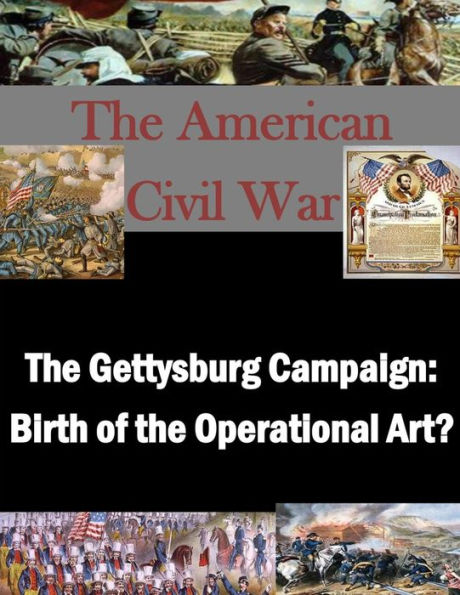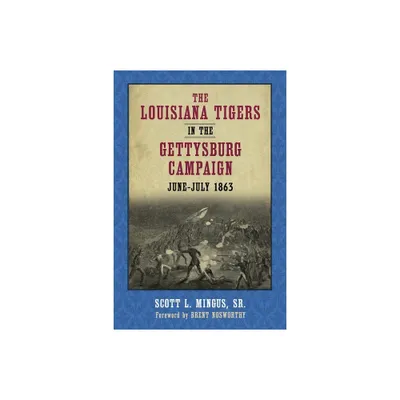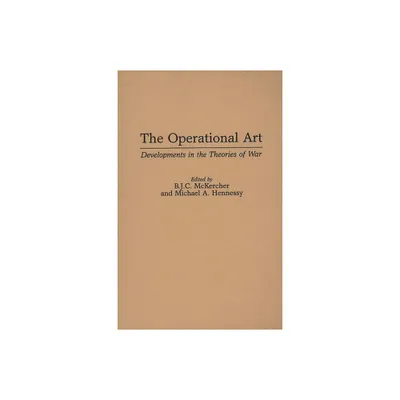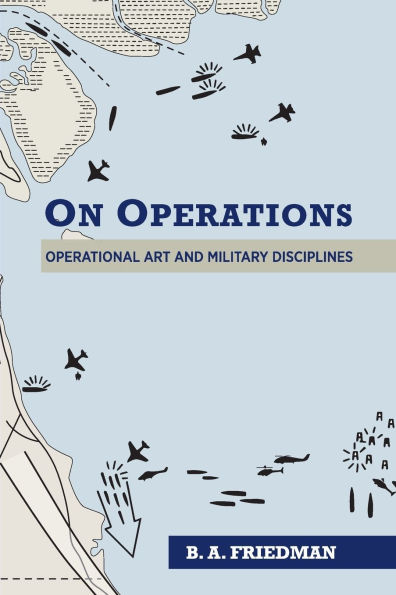Home
The Gettysburg Campaign: Birth of the Operational Art?
Loading Inventory...
Barnes and Noble
The Gettysburg Campaign: Birth of the Operational Art?
Current price: $19.95


Barnes and Noble
The Gettysburg Campaign: Birth of the Operational Art?
Current price: $19.95
Loading Inventory...
Size: OS
*Product Information may vary - to confirm product availability, pricing, and additional information please contact Barnes and Noble
While hundreds of volumes exist on the Gettysburg Campaign, most examine the battle's tactical framework and focus on the activities of brigades and regiments. However, of more interest to the serving military professional may be an analysis of the degree to which the Confederacy's design and execution exemplify attributes of what is now known as the operational art. This monograph provides just such a study.The importance of the operational level of war and its supporting art cannot be overstated. Only with a recognition of this level between those of strategy and tactics and a mastery of its art can commanders have the appropriate frame of reference to link strategic goals assigned by national authorities with the tactical activities of their subordinate commanders. Although U.S.Army doctrine may have been late in formally recognizing the existence and significance of the operational level of war and its supporting art, it may have appeared very early in our military history. Indeed, without being named as such, the concept may have been placed into effect as early as the American Civil War.Providing a brief background of the Campaign's plan and events, these same are then analyzed against seven characteristics of the operational level of war. Among these characteristics are the degree to which the Confederacy's plan for the campaign (and its subsequent execution) evidenced operational vision, planned and executed distributed operations in the framework of a distributed campaign, and was supported and enabled by continuous logistics and instantaneous command and control.Application of the criteria to the planning and execution of the Gettysburg Campaign reveals that the Gettysburg Campaign does not provide an earlier birth date of the operational art. The following issues prove most significant. First, while Lee's operational vision resulted in a distributed operation, it was not part of a distributed campaign. While Lee could (and did) plantruly distributed operations, he did not have the authority to order other Army Commanders to design and conduct other such operations. Therefore, the Gettysburg operation was not combined with other operations to result in a distributed campaign. Next, within the operation itself, systemic failures in logistics and command and control led to an inability to sustain andcoordinate the operation and limit the durability of the Army of Northern Virginia's corps. These shortcomings (combined with others addressed at a later point) lead to the conclusion that the Army of Northern Virginia executed a major operation (vice campaign) that was modeled on the new possibilities of distributed maneuver but was not supported by the critical enablers ofadvanced communications and transportation technologies.


















